
Iran & Armenia: exploring the visual arts scene
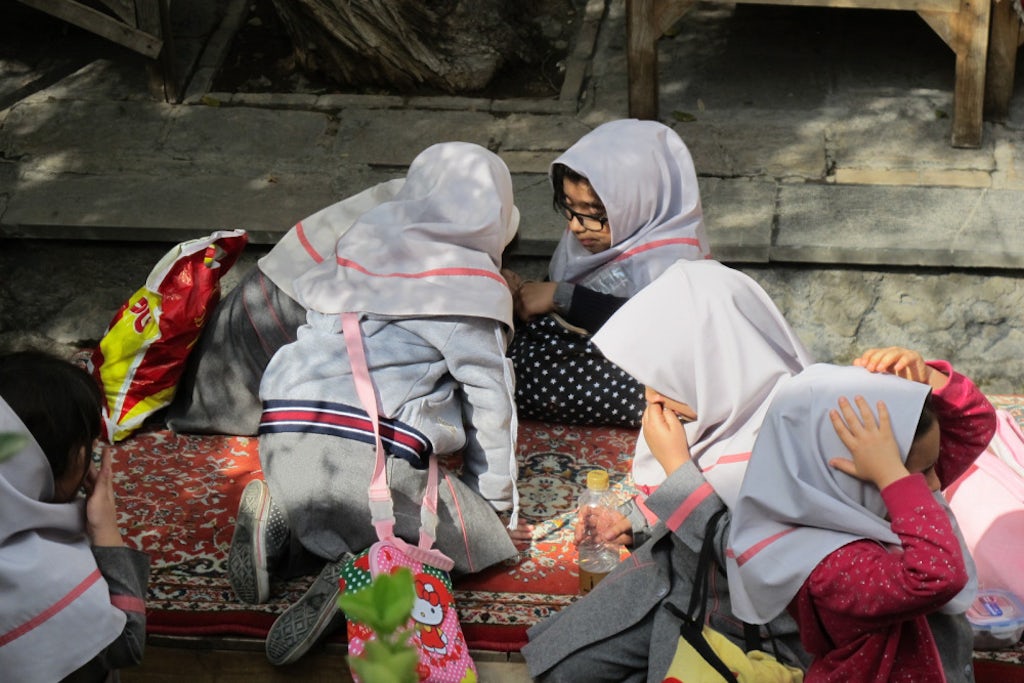
Deze tekst is enkel beschikbaar in het Engels.
During the orientation trip, participants come into contact with a network of organisations (profit and non-profit, institutional and experimental) and individuals (artists, curators, etc.) which it would be impossible for them to bring together individually. For participants, the trip is often the beginning of a dialogue leading to long-term relations. Previous trips were made to Chile and Colombia (2015), Korea and Japan (2014), Estonia, Lithuania, Poland, Slovakia and Hungary (2013), Indonesia and China (2012), Mali, Senegal and Morocco (2011), Nigeria, Turkey and Mali (2010), Brazil, Argentina and Peru (2009), Bangladesh, India and United Arab Emirates (2008), Mexico and Curaçao (2007), Senegal and South Africa (2006), China (2005) and the Middle East (2004). A daily report on the trip is published on the purpose-built blog.
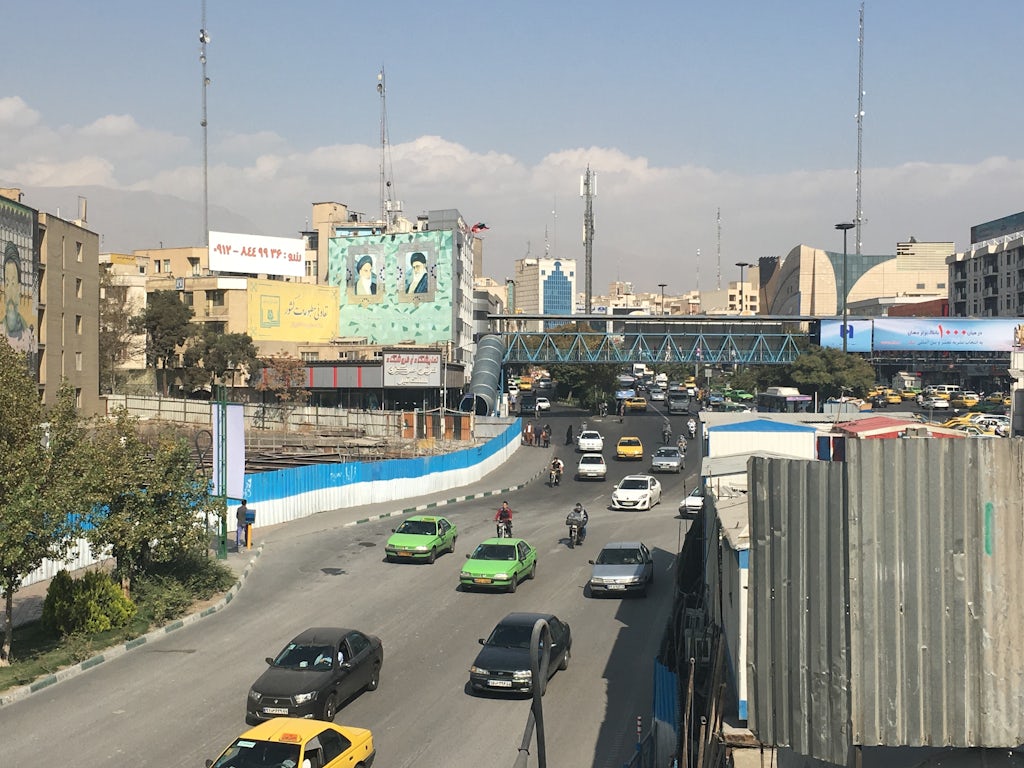
Every year Flanders Arts Institute sends one or two participants from Flanders. This year Louise Osieka (curator and director of CIAP, Hasselt) was selected by an external jury on the basis of an open call to take part in the trip to Iran (Tehran and Isfahan) and Armenia (Yerevan and Gyumri). Flanders Arts Institute staff members Felix De Clerck (director), Lissa Kinnaer (international relations visual arts) and Dirk De Wit (coordinator international operations) participated in part of the trip.
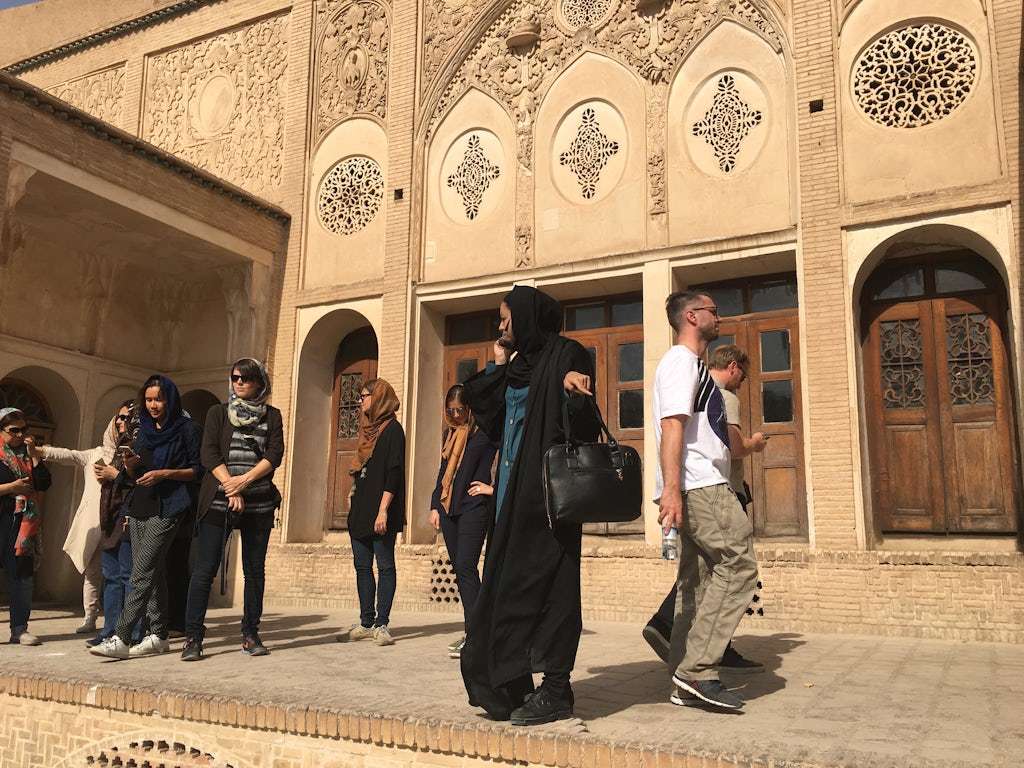
Context
Iran
The lifting of all nuclear-related economic and financial sanctions against Iran by Europe and the United States in early 2016 marked the beginning of new relations between Europe and Iran. On both sides we saw a greater openness and a growing interest in each other’s history and culture. At the same time we observe a lack of real knowledge and instead, idealised notions or negative images of the other country still prevail.
Since 2016 many have hoped for a new age of flourishing of the cultural and artistic scenes in Iran. Although an optimistic wind is blowing, people are still waiting for genuine changes in government policy, as regards both censorship and public support of the arts. Iran still has a strict policy as regards depictions of nudity, women without veils and utterances against the government, which can all result in prison sentences. A low budget for culture, together with a shortage of government organisations, means that the support of the arts is largely in the hands of commercial galleries, private foundations and artist initiatives.
TEHRAN
Today Tehran has more than 80 galleries for contemporary visual arts. Most opened just before or after the lifting of the sanctions, among which AB/Anbar Gallery, O Gallery, Aaran Gallery, Azad Art Gallery, Shirin Gallery and Ag Gallery. Most galleries focus on contemporary Iranian art and show work by Iranian artists who live in the country or by artists of the Iranian diaspora in Europe or North America. This shows that the Iranian market for contemporary art is still young and that Iranian collectors turn to what they know from their own cultural frame of reference. A remarkable exception in this context is the Tehran Museum of Contemporary Art (TMOCA). It was built in 1977 by the Iranian architect Kamran Diba, not coincidentally a cousin of Farah Pahlavi, the former Queen of Iran. The museum is the only public institution for modern and contemporary visual art in Tehran and counts nine galleries, of which three are devoted to paintings by international artists from the vast collection, such as Claude Monet, Vincent van Gogh, Pablo Picasso, René Magritte, Andy Warhol and many more. The Belgian artist and conceptual provocateur Wim Delvoye is the first non-Iranian artist to whom the museum has devoted an entire room. Delvoye has spent a lot of time in Iran in recent years, where he has bought a former palace which he is still converting.
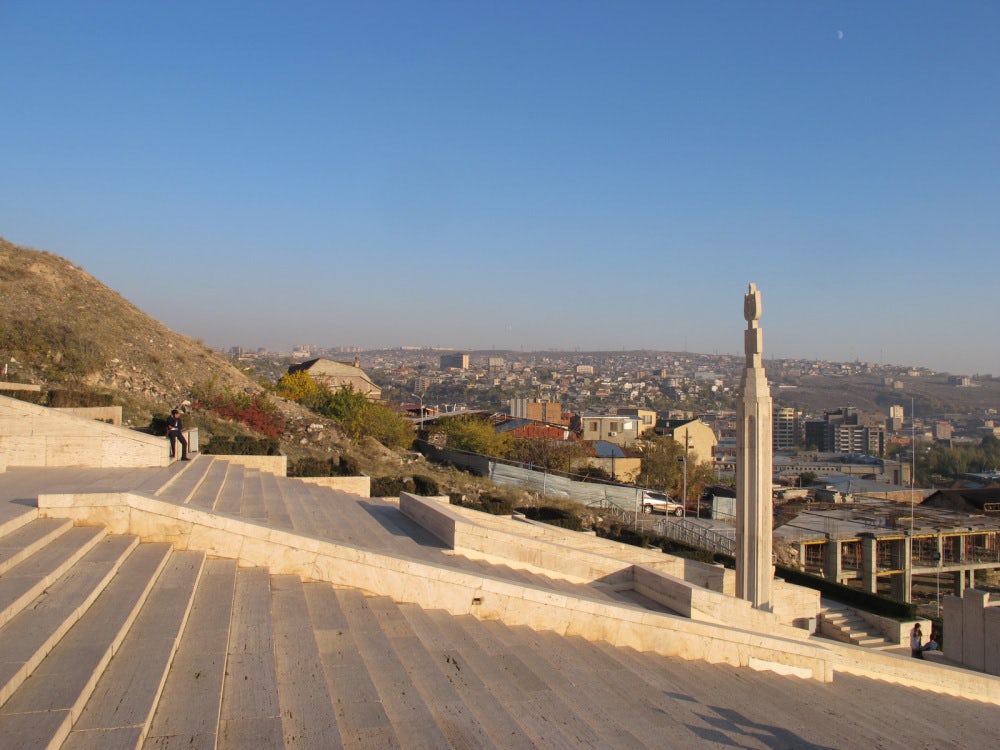
Besides commercial galleries and the museum for contemporary art, Tehran has a number of private foundations that support the arts sector. The Lajevardi Foundation was created in 2005 as an independent, cultural non-profit institution for contemporary visual art and culture. Owner and director Ehsan Lajevardi considers his organisation as a space for encounter and exchange for Iranian and international artists, organisations and networks. Another recent example is the Pejman Foundation, a non-profit organisation set up by businessman and philanthropist Hamid Reza Pejman in 2015. The foundation seeks to promote exchanges between artists, the public and other actors in contemporary art by means of exhibitions, residencies, workshops, publications and other initiatives. The building, a former brewery in the heart of Tehran, was recently converted into a centre for contemporary art that furthermore accommodates a permanent collection of international contemporary artworks, built up around Hamid Reza Pejman’s own collection.
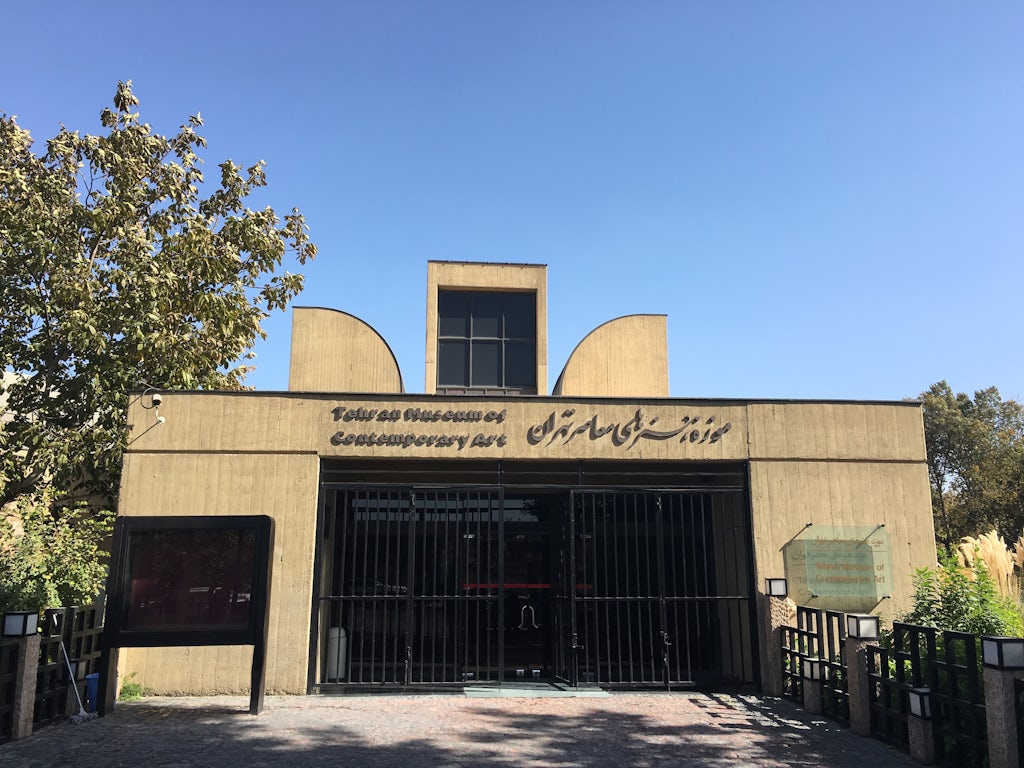
Given the lack of public support for artists, many artists set up project spaces or residencies at their own initiative. Sazmanab, for example, was established by artist and curator Sohrab Kashani in 2008 as an independent project space and residency for artists. Emkan Gallery is another independent exhibition space with a strong focus on artists’ books. Kooshk and KAAF both offer residency programmes for Iranian and foreign artists and continue to exist thanks to collaborations with international networks and foreign institutions. We also notice that many artists are trying to escape the high rents in Tehran by buying land and establishing workshops outside the city. Bon-Gah has been established for the past couple of years in Karasht, a small village in a suburb of Tehran. The studio works as a cooperative and proposes individual studios to artists from Iran but also from abroad.
ISHAFAN
With its 14 million inhabitants, Tehran remains the economic centre of the country and the most prominent city for contemporary art and culture. Isfahan, the second largest city and Unesco World Heritage Site, also has some independent artist initiatives such as Va Space for Contemporary Art and CC (Centre for Contemporary Creation), two independent spaces and non-profit organisations that opened in recent years in response to a demand from local artists. Every year they invite foreign artists, curators and researchers to continue projects in the city. Besides the Tehran Museum of Contemporary Art, the Contemporary Arts Museum of Isfahan is the second state institution for contemporary arts in Iran.


Armenia
Armenia is a state in the Caucasus between Europe and Asia that borders on Turkey, Georgia, Azerbaijan and Iran. It is one of the oldest civilisations in the world. Its history goes back to about 1500 BC. Armenia developed as one of the earliest and richest Christian civilisations with monasteries, churches, industry and trade. It stretched over the Caspian Sea to the Mediterranean Sea and was repeatedly occupied by both Turks and Persians. It was a former Soviet republic that became independent after the disintegration in 1989. With the loss of the economic model of the Soviet Union, Armenia has been struggling with a slow growth. In addition, the country has shrunk since the nineteenth century to a small stretch of land between the (economic) superpowers such as Turkey, Iran and Azerbaijan. It is estimated that 70 to 80 per cent of Armenians live outside Armenia (America, Europe and Russia) as a result of the genocide, the deportations by the Soviets, the economic crisis and the blockade by Turkey and Azerbaijan surrounding the conflict with Nagorno-Karabakh. The number of inhabitants has been decreasing since 1990. Wealthy Armenians in America, Europe and Russia support their relatives and the country, in contemporary art too.
CULTURAL POLICY: BETWEEN HERITAGE, THE INDEPENDENT ART SCENE AND PRIVATE FOUNDATIONS
National and urban art institutions are focused on maintaining and managing the artistic heritage and pay little or no attention to supporting artists who live and work in Armenia: the Museum of Medieval Manuscripts, the History Museum, the National Art Gallery, the Modern Art Museum in Yerevan, the Museum of National Architecture and Urban Life in Gyumri and the monographic museums such as the Kochar Museum, the Paradjanov Museum and the Aslamazyan Museum. The urban Modern Art Museum of Yerevan collects only Armenian art. Its collection exists thanks to donations made by artists that belong to the artist guild, a sort of academy of and for artists who work mainly in the tradition of abstract expressionism. The collection consists mainly of paintings and sculptures from the 1950s to today, but there is no innovation in the form of installations, video or sound art. For its part, the Modern Art Museum does have a permanent project space for temporary exhibitions where the new generation of Armenian artists can be displayed. Other official museums and exhibition spaces are sometimes open for temporary exhibitions lasting one to two weeks that were curated by contemporary artists and freelance curators. The new director of the National Art Gallery, Arman Tsaturyan, promises to also organise temporary exhibitions around contemporary art and to focus his purchasing policy on contemporary artists.
The government does not offer artists any support. That is why the latter – together with curators – are compelled to organise themselves, to set up their own places for research, creation and presentation, and to search for private funds both locally and abroad. There can hardly be talk of an art market and there are only a few small promotional galleries like the Dalan Gallery in Yerevan. Curators from Armenia work in the same precarious conditions: they put on temporary exhibitions in the existing institutions for visual art or in temporarily empty spaces and present Armenian artists in guest exhibitions abroad.
YEREVAN
Kotchar 13 is a building in which various artists have their studio. Studio 20, located in Kotchar 13 in Yerevan, is a space for discussion and meeting between artists. Talks are organised on cultural, social and political topics; artists can go there to meet and exchange information; and they can hold small exhibitions, performances and presentations. ICA Yerevan (director Nazareth Karoyan) is not an exhibition space but mainly an information and reflection centre around contemporary art with a strong international network that connects the contemporary art scene of Armenia with the rest of the world. ICA is “an open cross-functional network of people and ideas/concept” that provides “a comprehensive set of resources, facilities and tools for understanding and operating in the contemporary art scene in Armenia and the wider global art contexts”, says its website. ICA Yerevan consists of a school for curatorial studies and art criticism, a project lab, a theory lab and a residency programme for artists and curators. The residency programme works with partners from abroad with whom artists and curators are exchanged. The Mirzoyan Library is an initiative of photographer and art critic Karén Mirzoyan to organise part of his house as a library and meeting space around contemporary photography. The library collection was founded on the basis of donations from publishers and museums abroad. The Hayp Pop Up Gallery is an initiative of curator Eva Khachatryan to set up temporary exhibitions in various venues in cities such as cultural institutions, unusual places (empty shops, buildings for rent, abandoned warehouses and factories) or in the public space, and this across Armenia. KulturDialog Armenien is a non-profit organisation that supports Armenian artists by means of production grants, by facilitating contacts between Armenian artists and curators, institutions and festivals in Armenia and abroad and by setting up exchange programmes with institutions outside Armenia. KulturDialog was founded by Sona Hovsepyan and is funded on a project basis by both foreign institutions and cultural funds as well as by private patrons from Armenia.
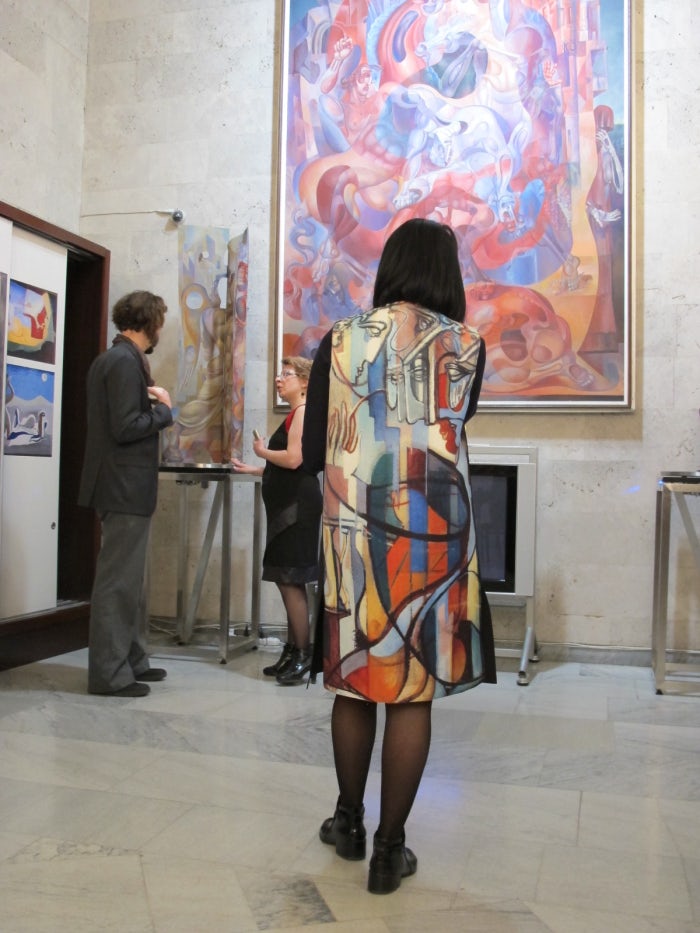
GYUMRI
After the devastating earthquake in 1988, art projects were set up in the city of Gyumri to be able to rebuild the city from a cultural and artistic perspective too. Gallery 25 in the Berlin Art Hotel, a former clinic which, with the support of the city of Berlin, was built after the earthquake, is today partly a clinic and partly a hotel where contemporary art from Gyumri is displayed in the rooms, corridors and communal spaces. Hotel guests can buy the art. The clinic is funded with the proceeds of the hotel. The hotel restaurant, Gallery 25, also serves as a gallery and in the evening hosts cultural events such as concerts, readings and presentations by artists. The Center of Contemporary Art of Gyumri was established in 1997 to breathe new life into Gyumri culturally. Since 1998 the centre has organised an international biennale for contemporary art that has grown into the region’s most important. The works on show are donated by artists or purchased with the support of the Armenian Culture Ministry, so that the centre can also build up a museum on the basis of the seven biennales. The museum does not have its own building and shows the works from the collection in Gyumri and in cities around the world. At present, the centre and the biennale are in trouble due to a lack of funding from the city and the state.
Besides the initiatives of artists and curators, a number of private initiatives, mostly with wealthy donors from the United States, Russia and Europe, play an important role. The Cafesjian Center for the Arts was founded by entrepreneur and philanthropist Gerard L. Cafesjian who lives in New York. It is the biggest centre for modern and contemporary art in Yerevan and consists of permanent exhibition spaces where works from the collection of Gerard L. Cafesjian are shown (international modern and contemporary art) and of temporary exhibition spaces (Armenian and international art). The Armenia Art Foundation (AA Foundation) is an independent non-profit organisation, founded in Yerevan, which contributes to the development of contemporary art in Armenia. The AA Foundation was set up by a group of private investors with a passion for Armenian culture. It supports Armenian artists with grants and art and training projects which Armenian and international artists, curators and theoreticians can take part in. The AA Foundation promotes contemporary Armenian art in Armenia and around the world.
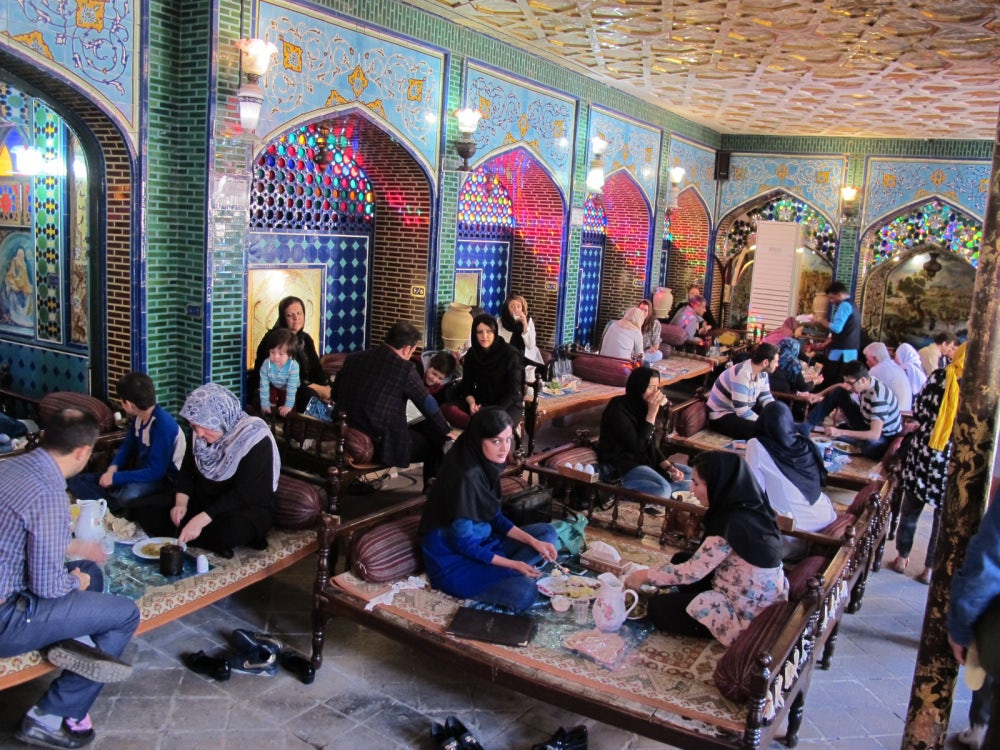
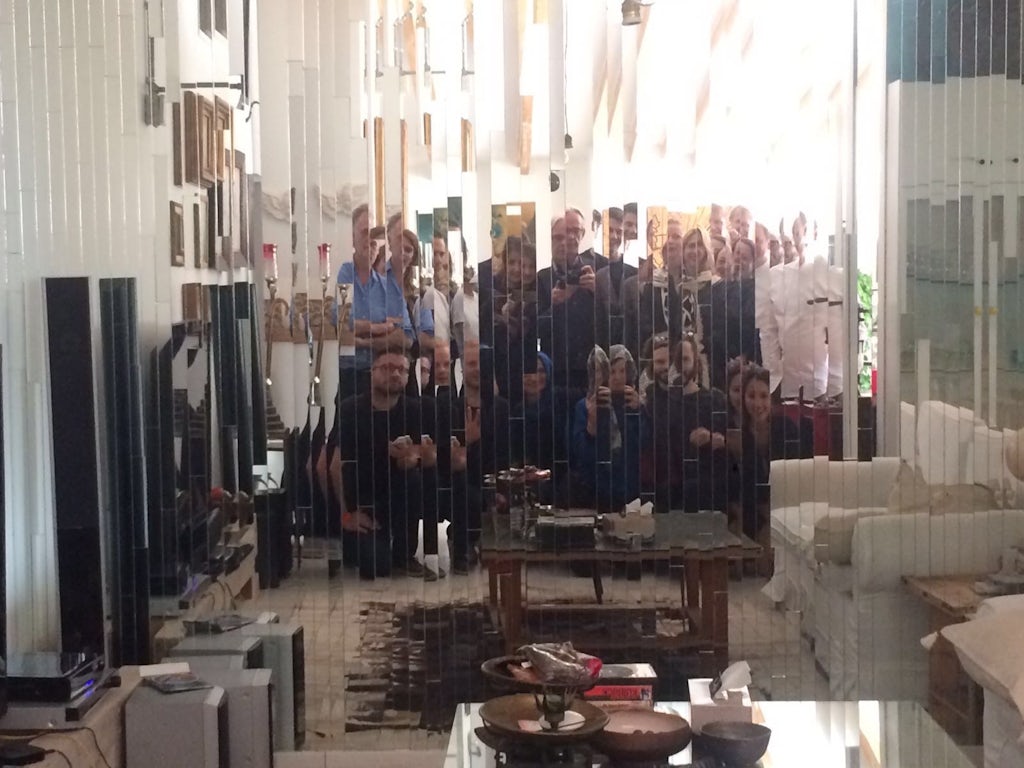
Follow-up and concrete actions
Iran
Since the lifting of the sanctions, Iran has become a tremendously interesting destination for artists and professionals from the arts sector. Conversely we also notice that artists and professionals in Iran are increasingly turning to Europe and see European countries as partners for collaboration and development (all the more since Trump’s recent Muslim ban). The link with history, geopolitical current events and the recent economic and cultural developments in Iranian society ensure a rich working context for many artists and organisations.
All the contacts that were made during the trip and all the information about the arts scene in Iran and Armenia are made public and shared with the sector in Flanders. Louise Osieka is in conversation with a number of organisations and artists in Iran, but also with Flemish artists that were in Iran recently, to enable a collaboration with CIAP (Hasselt).
In terms of residencies we see opportunities for collaboration both with Kooshk and with KAAF in Tehran, or with Va Space for Contemporary Art and CC (Centre for Contemporary Creation) in Isfahan. Contacts already exist between Kooshk and AIR Antwerpen, and a number of artists from Flanders have already been in residency in Iran via this route. Structural collaboration with a local residency organisation would certainly strengthen further the bonds between Iran and Flanders.
Armenia
From a geographical perspective the country is part of Asia, but from a cultural-historical perspective it sees itself as a European country, like Georgia. Armenia has been a member of the Council of Europe since 2001. It is mainly Orthodox Christian in an overwhelmingly Islamic region (Turkey, Azerbaijan, Iran). Politically and economically it is heavily dependent on Russia, and it trades with Israel. From a cultural-diplomatic perspective several European countries invest for this reason in the Caucasus as an outer border of Europe, mostly from Tbilisi in Georgia, with connections to Armenia and Azerbaijan: Goethe Institut, Institut français, etc.
The contemporary art scene in Armenia is very dynamic, very committed and innovative. It consists of collectives that are internationally connected with the Balkans and Eastern Europe and with Russia. Projects are carried out and financed via these connections. The arts scene in the Caucasus, like that in the Balkans, is eager for more collaboration with Western Europe. If Flanders wishes to intensify its cultural relations with Central and Eastern Europe, it is logical to involve the Caucasus too. Collaboration can best occur within the existing networks such as, among others, the Balkan Express network, with members in Georgia, Armenia and Azerbaijan. Exchange via residencies in Flanders and Armenia is the most obvious start of a collaboration. The exchange of knowledge on themes such as self-organisation and artistic creation in the public space is among the possibilities.
Visitor programme
Together with the Mondriaan Fund, Flanders Arts Institute organises a visitor programme for a number of curators and directors that we met during the trip to Iran and Armenia. The group will be in Flanders from 28 until 31 May 2017 and will receive a complete visitor programme with visits to museums and art organisations, meetings with artists and curators, and participation in exchange and networking opportunities that we will organise with other partners in Flanders (BOZAR, CIAP, AIR Antwerpen, etc.). The purpose of the visitor programme is to maintain mutual contacts, to bring colleagues from Iran and Armenia into contact with a larger part of the sector in Flanders, and to stimulate and support possible forms of collaboration or exchange projects.
Participants from Iran
Ali Bakhtiari, Freelance Curator
Leyla Fakhr, Freelance Curator
Samira Hashemi, Curator Va Space
Sohrab Kashani, Curator Sazmanab
Participants from Armenia
Vigen Galstyan, Director Lusadaran
Anna Gragaryan, Director HAYP pop up gallery
Nazareth Karoyan, Director ICA
Sona Stepanyan, Curator AA Foundation
Networks
Flanders Arts Institute is a partner of the Balkan Express network and will organise workshops and meetings in the Balkans: in June 2017 a six-day meeting will be organised between Flemish artists and artists from the Balkans and the Caucasus, which artists from Armenia will also take part in. In 2017 the Balkan Express network is planning on introducing a European grant application to Creative Europe, of which Flanders Arts Institute is a member.







